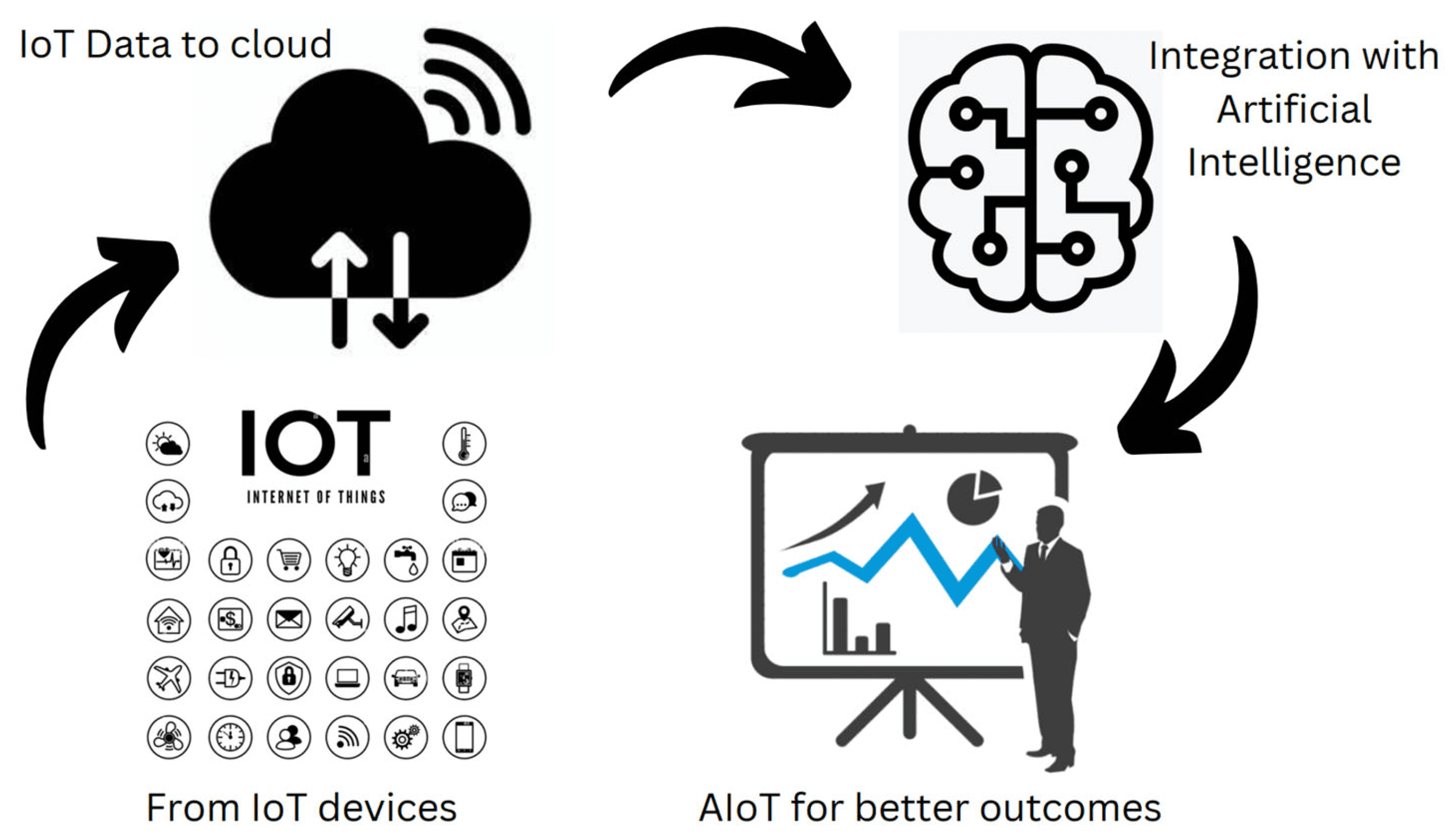3
min to read
Jan 26, 2024
The Internet of Things (IoT) has revolutionized the way we interact with technology, enabling devices to communicate and exchange data seamlessly. By integrating ngrow.ai with IoT devices, businesses can create a cohesive messaging approach that reaches customers at the right time and place, regardless of their preferred engagement channel. In this blog article, we will explore how ngrow.ai can facilitate communication between AI systems and IoT devices, use cases, and benefits of integrating ngrow.ai with IoT for cross-channel communication.
The Intersection of AI and IoT
The intersection of AI and IoT has opened up new possibilities for businesses to engage with their customers. By leveraging AI-powered tools like ngrow.ai, businesses can analyze vast amounts of data to predict the best times for sending push notifications, optimize message content, and personalize communication based on user behavior. By integrating ngrow.ai with IoT devices, businesses can create a seamless communication experience that reaches users across multiple channels, ultimately driving user engagement and retention.
Use Cases and Benefits of Integrating ngrow.ai with IoT
Smart Home Automation: By integrating ngrow.ai with IoT devices, businesses can create a cohesive messaging approach that reaches users at the right time and place, regardless of their preferred engagement channel. For example, a smart home automation system can send push notifications to users' mobile devices when they are away from home, alerting them to any unusual activity or changes in the environment.
Healthcare Monitoring: By integrating ngrow.ai with IoT devices, healthcare providers can monitor patients' health remotely and send push notifications to alert them to any changes in their condition. This can help improve patient outcomes and reduce the need for hospitalization.
Retail and Hospitality: By integrating ngrow.ai with IoT devices, businesses in the retail and hospitality sectors can create personalized experiences for their customers. For example, a hotel can send push notifications to guests' mobile devices when they arrive, welcoming them and providing information about the hotel's amenities and services.
Guidelines for Integrating ngrow.ai with IoT Devices
To integrate ngrow.ai with IoT devices, businesses should consider the following guidelines:
Ensure Compatibility: Ensure that ngrow.ai is compatible with the IoT devices being used, and that the devices can communicate with each other seamlessly.
Design for Accessibility: Design push notifications with accessibility in mind, including features such as larger font sizes, high contrast, and alternative text for images.
Provide Customization Options: Provide customization options that allow users to adjust the notification settings to their individual needs and preferences.

Conclusion
In conclusion, integrating ngrow.ai with IoT devices presents an exciting opportunity for businesses to establish stronger connections with their customers, drive growth, and maximize customer engagement. By ensuring compatibility, designing for accessibility, and providing customization options, businesses can create tailored experiences that capture the attention and loyalty of their users. Successful use cases in smart home automation, healthcare monitoring, and retail and hospitality demonstrate the power of integrating ngrow.ai with IoT devices in driving user engagement and retention. By tailoring push notifications based on user preferences and behavior, businesses can improve engagement and build stronger relationships with their users, while ensuring that all users can access and engage with the content.




